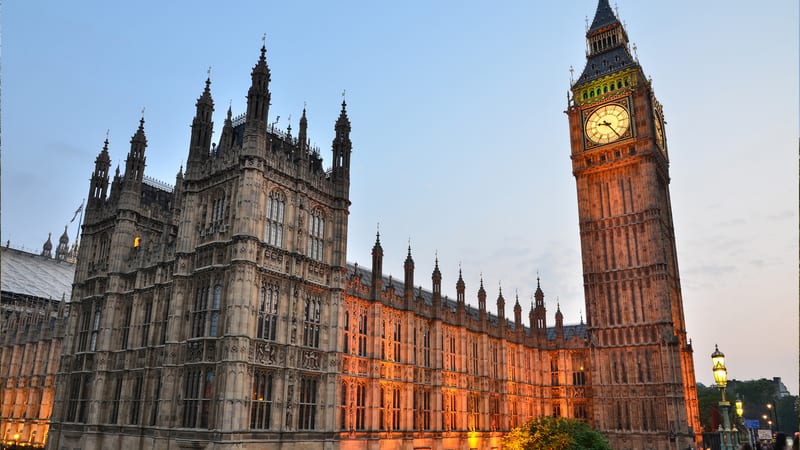‘Martyn’s Law’ is the common name given to the proposed legislation intended to improve the safety and security of public venues as part of the Government’s response to recommendations arising from the Manchester Arena Inquiry.
Here, our regulatory Partner Claire Burrows explores how Martyn’s Law will apply to venues and obligations for duty holders.
Martyn’s Law
So named in tribute to Martyn Hett and 21 others who were tragically killed in the Manchester Arena attack in 2017, Martyn’s Law (officially titled the Terrorism (Protection of Premises) Bill) will impose legal obligations on relevant duty holders to enhance public security (the Protect Duty). A duty holder is the person who owns or has control of the premises or event.
It’s not clear when Martyn’s Law will come into force — draft legislation is still being scrutinised following the public consultation on the draft Bill in 2021.
In order to try and speed up its implementation Martyn’s mother Figen Murray has started a walk of around 200 miles from the Manchester Arena to Downing Street.
In response, a Home Office spokesman said the Government was in the "final stages" of drafting the legislation which could mean that it’s close to fruition.
The below provides further information on what venues can expect from those legal obligations.
What venues will it apply to?
The scope of the legislation is wide and will cover all publicly accessible locations with a capacity of 100 or more people including retail, hospitality, health, education and childcare venues as well as stadiums, sports grounds, hotels, theme parks, places of worship, libraries, museums and galleries, academic institutions, leisure centres, shopping centres, supermarkets, tourist attractions, exhibition halls and similar venues for hire.
Additionally, certain qualifying activities are expected to trigger the Protect Duty applying to events such as fairs, festivals, open-air performances and firework displays.
How will it apply?
To achieve a proportionate level of preparedness and security across the array of public venues and events caught by the legislation, the draft Bill proposes two tiers based on maximum occupancy of a premises.
‘Standard tier’ requirements will apply to premises with a maximum occupancy of 100 or more while ‘enhanced tier’ will cover premises with a maximum occupancy of 800 or more. Qualifying public events will also be required to comply with enhanced tier requirements.
What are the obligations under Martyn’s law?
The draft Bill suggests that duty holders of qualifying premises are required to register with the regulator. The tier thresholds will then determine relevant obligations. The aim of the Protect Duty is to make sure that staff at public venues and events have the skills and knowledge to protect themselves and others, minimise the impact of a terrorist incident and take lifesaving actions.
Standard tier duty holders will be expected to actively seek and engage with counterterrorism advice and training, raise awareness and cascade information to their staff, ensuring that they’re adequately trained to respond appropriately during a terrorist incident.
Additionally, enhanced tier duty holders will be required to complete an enhanced risk assessment covering the types of terrorism most likely to affect the venue and reasonably practicable measures that could reduce the likelihood of terrorism occurring and reduce the risk of harm to individuals if a terrorist attack occurs. An individual must also be appointed as a designated senior officer for the premises.
Venues that move between the tiers due to the capacity of particular events will need to ensure that they can meet both enhanced and standard tier obligations.
Isn’t this just health and safety?
All organisations should be familiar with health and safety obligations to do all that is reasonably practicable to ensure the health, safety and welfare of their employees and those affected by their undertaking (effectively, the public). These obligations require organisations to evaluate risks that may cause harm and implement effective control measures to avoid those risks or limit harm caused.
Martyn’s Law places additional obligations on enhanced tier duty holders to ensure that specific risks of terrorism are assessed and mitigated to a reasonably practicable standard.
What are the penalties for non-compliance?
As with health and safety obligations, the newly appointed regulator will have powers to issue statutory notices to a duty holder who the regulator believes has contravened Martyn’s Law. A contravention notice will require issues to be addressed within a set timeframe. A restriction notice will limit the ways in which premises may be used.
Continued non-compliance may result in closure of the venue, criminal sanctions or a fine. The draft Bill does not provide details around mandatory closures or the nature and extent of the proposed criminal sanctions but does indicate that penalty notices for standard tier premises could be set at £500 per day with a maximum fine of £10,000, while enhanced tier premises could face penalties of up to £18m or 5% of the organisation’s qualifying worldwide revenue.
Hundreds of thousands of UK businesses will be affected
Martyn’s Law is likely to come into force in the near future and in similar terms to those set out in the draft Bill.
Given recent terror attacks in the UK, the Government needs to respond comprehensively and identifies those responsible for public places as key stakeholders. The scope of the legislation will be wide ranging and will affect not just large venues, but busy restaurants, shops and even community groups organising local events.
While additional time and costs will be necessary to ensure compliance, the more onerous process of risk assessing and mitigating terror risks associated with the enhanced tier obligations should be familiar to those affected due to similar health and safety obligations.
The Government promises that resources will be available to help support duty holders and that the additional burdens — particularly financial — that compliance will place on smaller venues is to be kept under review.
How can venues prepare?
Due to the wide scope of the Protect Duty, the regulator is unlikely to be able to inspect every venue and is more likely to focus on duty holders for enhanced tier venues and events first, particularly where there is an obvious risk.
Getting ahead of the game now by re-considering risk assessments, increasing security where appropriate, delivering additional training and stress testing existing emergency protocols will give enhanced tier venues a head start when the legislation comes into force and provides additional time to implement changes while spreading the costs of ensuring compliance.
If you have any questions or would like to discuss your health and safety compliance, talk to our regulatory (health & safety) team by completing our contact form below.




